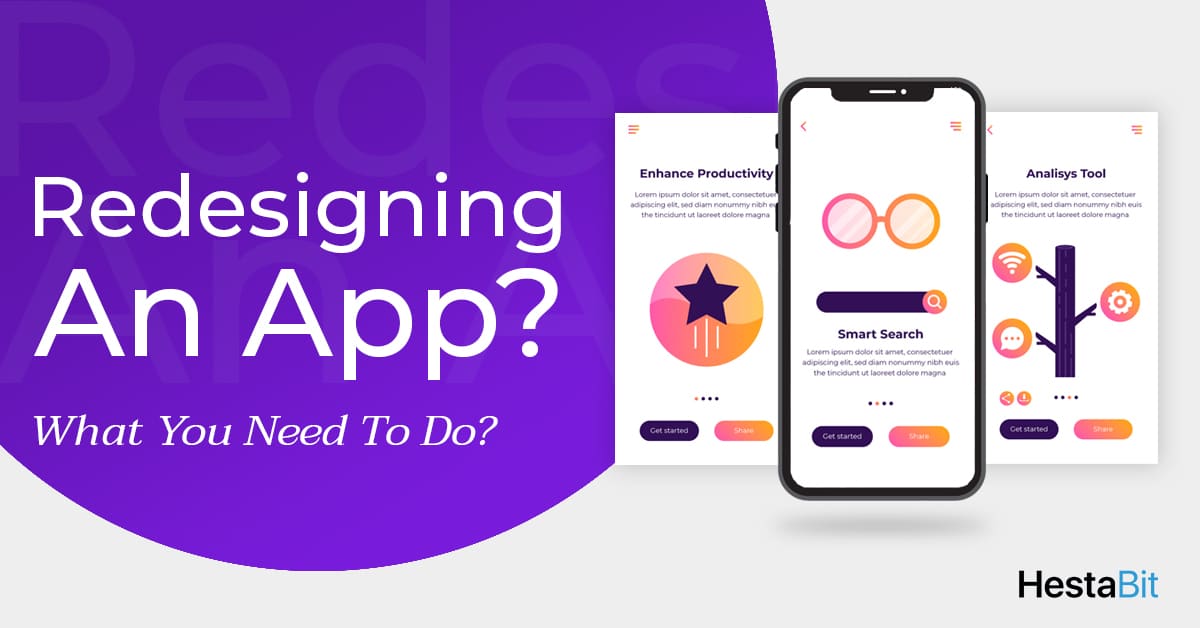Every startup story begins with the idea of persuasion. It’s about how smartly you carry out your Market Investigation. The success of a startup story is never accidental, and it’s based on the initial analysis, market segmentation, and competitive analysis.
“When you find an idea that you just can’t stop thinking about, that’s probably a good one to pursue”. – Josh James
It’s about understanding ‘Product/Market Fit’, which Marc Andreessen defined as “being in a good market with a product that can satisfy that market”.
If you are an entrepreneur, then a ‘Good Market’ for you is the one that has a problem, which your product can solve. To understand the nature of the problem and see whether your product can resolve it, you need to investigate the market segment you want to jump into.
You need to study your market’s demography and analyze consumers’ behavior. You need to learn about the existing solutions and the reason for their failure.
Not everything about startups is restricted to passion. It’s also about making informed decisions on the innovation quotient, growth, relevancy, covering the following 3 Ps:
- Product—Building a product which isn’t run-of-the-mill and is relevant to the needs of consumers. Focusing on functionality, usability, and user experience.
- Price— Learning about the acceptable profit margins, competitor’s prices, customer’s spending capacity, and set your price based on your learnings.
- Promotion— Preparing a roadmap to tap each market segment (Teens, Families, Students, Professionals, etc.), within the space of advertising, social network, and branding.
The market is a fluctuating entity and always has surprises in store. Investigating it can help you offset those surprises. By having your finger on the market’s pulse, you can easily adjust to new regulations and technological shifts.
Market research can help you:
- Prepare a plan to tackle economic shifts
- Understand users’ perception and preferences
- Monitor the competition in your market
- Curtail risks in your business decisions
The ideal time to conduct a market investigation?
To prepare a bankable launch pad for your startup, you need to invest in Market analysis during the planning phase. The resulting data can help you:
- Determine the sales potential of your products and services
- Identify the demographic that is best suited to you
- Zero in on an appropriate business location
- Set an optimum price for your products and services
Market analysis is not just restricted to starting new businesses, and it is equally relevant for the existing ones. There are situations or goals that warrant market analysis even for established businesses. Some of them include:
- Business expansion
- Redesigning your social media campaigns
- Repositioning your brand
- Introducing new lines of products or services
The right approach to conduct a market investigation?
You can’t have vaguely defined goals before commencing market research. So be clear with your goals and concertize your Whats and Whys.
The next step is to zero in on strategies and techniques to gather data. The process can be broken down into primary and secondary level research.
Primary Research
Primary research focuses on collecting information through surveys, observations, or experimentation. Following set of questions can be addressed in the initial stages of research:
- Who are your customers and how can you reach them?
- What are your customers’ expectations?
- Are there any factors that impact your customers’ decisions?.
- What should be the pricing of your products and services?
- Who are your competitors, and what are their operating styles, their strengths, and weaknesses?
Although primary research takes a lot of time and effort and can be expensive if you hire an agency for carrying it out, you can target specific groups and markets based. You can tailor your research instruments to get specific answers.
An old school way to carry out primary research is to conduct Surveys. You can target specific groups or markets that are large enough to be statistically valid.
By smartly preparing a questionnaire, you can identify customer segments, assess their characteristics, gauge their awareness about the business you are in, or track changes in their attitudes and opinions.
Surveys can be conducted:
1. Over a phone call
It is a cost-effective method, but at times it might be difficult to reach participants via this medium. People give spontaneous responses which make their accuracy questionable. Also, people might see it as an interference into their privacy.
2. By emailing
It is a more productive method as people can take their time and answer more accurately. Though you might need to send some reminder emails too.
3. In person
It requires some field work to interview potential customers personally. You can go beyond your questionnaire based on the response and can change the focus of the survey on the stop. The information obtained is a lot more believable. Though recruiting participants for carrying out interviews can be a challenge.
To obtain actionable insights from a customer segment, the questionnaire has to be designed intelligently.
Certain things to keep in mind while preparing one:
1. Short and simple always works
Keep your questionnaire short if you don’t want to kill the enthusiasm of your customers. It’s your goal-setting is meticulous, then you can always avoid irrelevant questions.
2. Be clever while using open-ended questions
Surveys work well when there are more closed-ended questions that can be answered with a simple Yes or No. But you would want your customers to answer in a free-flowing manner as well, won’t you? So you can put a few some open-ended questions but arrange them cleverly.
3. Don’t use leading questions, or avoid them as much as you can
A leading question is the one which itself suggests an answer to the customer.
For example, You like the ambiance of the restaurant X, don’t you?
Such questions can compel a customer to answer in a fabricated manner. So it’s better you avoid asking them.
4. Use response scales
Using the response scale, you can quantify a customer’s level of agreement or disagreement with a statement. For example, you can ask customers to rate their experience of using a product similar to yours, on a scale of one to five.
5. Make your questionnaire visually appealing and creative
Keep the basics right, as the font style and size. If you are using colored text, make sure that the screen is properly contrasted with the text. Most of your customers might not be avid readers. So don’t use long paras.
Besides surveys, another approach is to conduct moderated group interviews, aka Focus Groups. You can understand a customer’s behavior better by such interactions.
You can explore your customers, and figure out trigger points, and perceive situations in which they might avail your product.
On the contrary, you can understand why customers are inclined toward sources that are providing services similar to yours.
Secondary Research
Secondary research is less targeted than the primary one. It focuses on the larger picture, like macroeconomics.
Some of the questions that can be addressed through secondary research include:
- What is the overall economic situation, Internationally, Nationally, Provincially, or Locally? Is it changing?
- What are the disruptions your industry is currently facing?
- Are the consumer preferences changing or any technological shifts going on?
- What is the state of the labor market?
- Are there enough people having the skills you require?
There are so many sources that can provide you accurate stats and analytics, to get all your answers pertaining to secondary research. For example:
1. Labour And Employment Data
Statistics on the labor force, employment rate, and income levels in your market segment. You can refer to the data provided by ‘Organization For Economic Co-operation And Development’ or ‘International Labour Organization’.
2. Industry Specific Data
Statistics to understand your industry better, and study the latest trends that could impact your business. In this regard, you can refer to the insights provided by Statista.
3. Your Country’s Economy
Learning about the indicators, that reflect your country’s overall economic health. You can go through the data provided by industry associations and government departments at various levels.
It’s important to shape your idea, but it’s better to shape it using a method, a strategy. After Market analysis, the next steps are customer segmentation and competitive analysis. Do give them a read.







